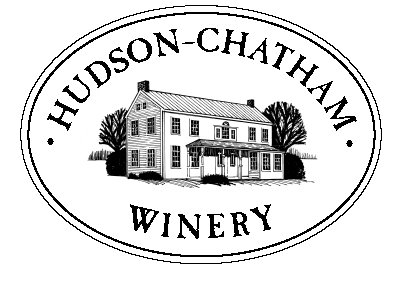SANGRIA FESTIVAL!
SATURDAY, AUGUST 9TH, 2008
11 am – 5 pm

There's nothing better on a hot summer day than a cool glass of sangria, and the winery will be serving up not just the traditional red sangria, but several other mouth-watering, fruity combinations, as well.

There will be live flamenco guitar music by Maria Zemantauski, who's been voted the Best Solo Guitarist in New York's Capital Region. According to a Metroland reviewer, Zemantauski is, "World class, a real player...a musician with astounding, breathtaking technique...and not at the expense of soul." Maria will be playing from 12:30 to 4:30 pm.
The cost is $5 for the sangria tasting + a complimentary glass; $5 for a full glass of the sangria of your choice + a bowl of chips & salsa; and $5 for an additional selection of foods.
The music, good company, and beautiful setting are all free!
The music, good company, and beautiful setting are all free!
As always, we will also be doing our regular wine tasting in addition to the sangrias. This will be an additional fee.

To go along with the sangria, Mexican Radio will be providing a selection of sensational food.

According to Wikipedia:
Sangria (Spanish: sangría; Portuguese: sangria) is a wine punch typical of Spain and Portugal (the word means "bleeding" in both languages). It typically consists of
- red wine,
- chopped or sliced fruit (often orange, lemon, apple, and/or peach; occasionally kiwifruit or banana),
- a sweetener such as honey, sugar, or orange juice,
- a small amount of added brandy, triple sec, or other spirits,
- gaseosa (carbonated water).
- red wine,
- chopped or sliced fruit (often orange, lemon, apple, and/or peach; occasionally kiwifruit or banana),
- a sweetener such as honey, sugar, or orange juice,
- a small amount of added brandy, triple sec, or other spirits,
- gaseosa (carbonated water).
Variations:
Because of the variation in recipes, sangria's alcoholic content can vary greatly. The ingredients in sangria vary, particularly in the type of fruit used, the kind of spirits added (if any), and the presence or lack of carbonation.
White wine can be used instead of red, in which case the result is called sangria blanca. In some parts of southern Spain, sangria is called zurra and is made with peaches or nectarines [1]. In most recipes, wine is the dominant ingredient and acts as a base. In some regions of Portugal, cinnamon is also added with the sweetener, so that it can spice up the flavour.
Preparation consists of cutting the fruit in thin slices or small cubes, then mixing in advance all ingredients except for ice and carbonated sodas. After several hours in a refrigerator to allow time for the fruit flavors to blend with the rest of the ingredients, the ice and any last-minute ingredients are added and the drinks are poured. In both Spain and Portugal, sangria is served throughout the country during summer, and around the year in the southern and eastern parts of the countries.


0 Comments:
Post a Comment
<< Home